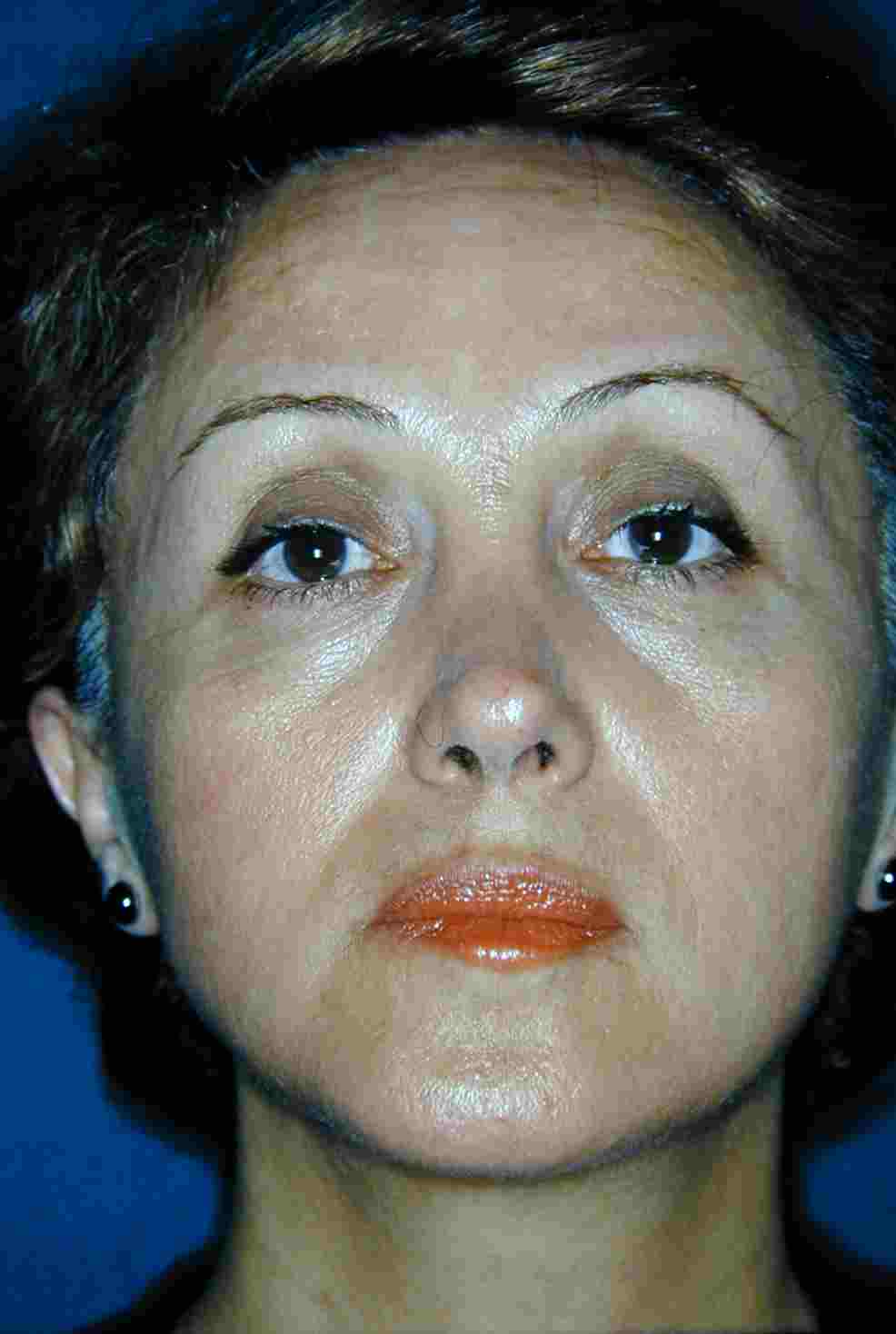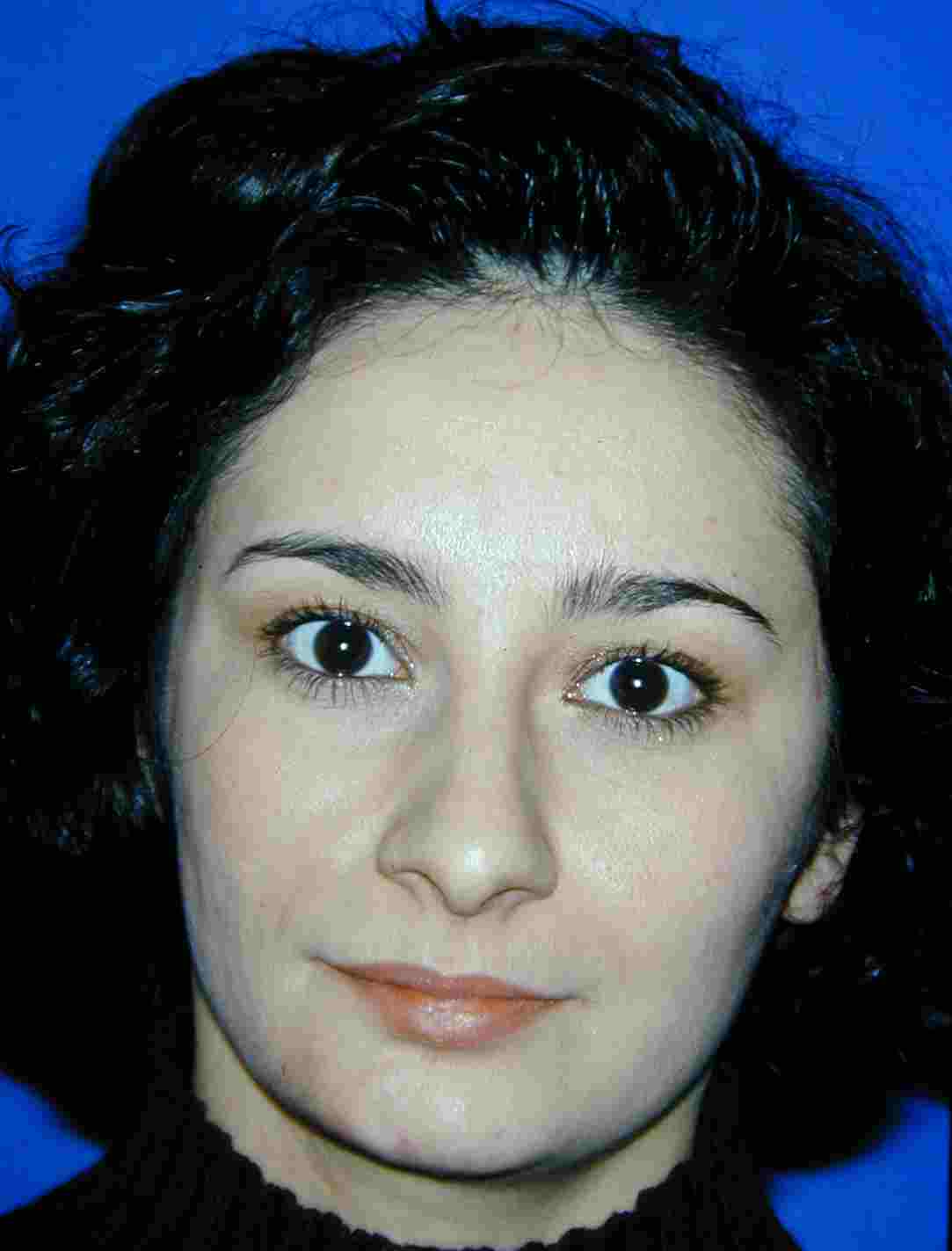Sunday, November 3, 2002 - 2:51 PM
240
Hydroxyapatite Granules In Maxillofacial Hard Tissue Augmentation
Introduction: Interventions on the maxillofacial region, either for reconstructive or aesthetic reasons, may sometimes necessitate the augmentation of hard tissues. Though autogenous bone grafts are the first choice, donor site morbidity and difficulties in shaping, make alloplastic implants another reliable alternative. Among the alloplastic implants hydroxyapatite granules, with their high biosuitability take the first place Material and Method: Between 1998 and 2002 a total of 30 patients, 12 for pure aesthetic and 18 for reconstructive reasons, had maxillofacial hard tissue augmentation procedures using hydroxyapatite granules. The procedures were carried out as an adjunct to other cosmetic procedures in most of the cases. The granules were mostly used on the perialar and mandibular regions and zygoma and temporal area were the other sites for hydroxyapatite application. Results: Follow-ups ranging from three months to three years have revealed that, the desired contours were established without any volume loss (figure: pre and postop views of three patients. Case 1: Pure aesthetic concern, augmentation of perialar region; Case 2: Romberg disease, augmentation of mandibula; Case 3: Traumatic mandibular defect, augmentation of mandibula). No complications regarding the use of hydroxyapatite granules were encountered. Discussion: Hydroxyapatite granules heal by allowing fibrovascular and osseous tissue ingrowth, do not cause foreign body reactions, and offer ease in their usage and shaping. These advantages make them a comfortable and reliable choice in maxillofacial hard tissue augmentation procedures. In our practice we have been having the advantage of being able to augment the hard tissue easily which enables us to improve our cosmetic results.
View Synopsis (.doc format, 252.0 kb)
See more of Head & Neck Repair (Including Cancer, Congenital, Facial Area Burns)
Back to 2002 Complete Scientific Program
Back to 2002 Meeting home






